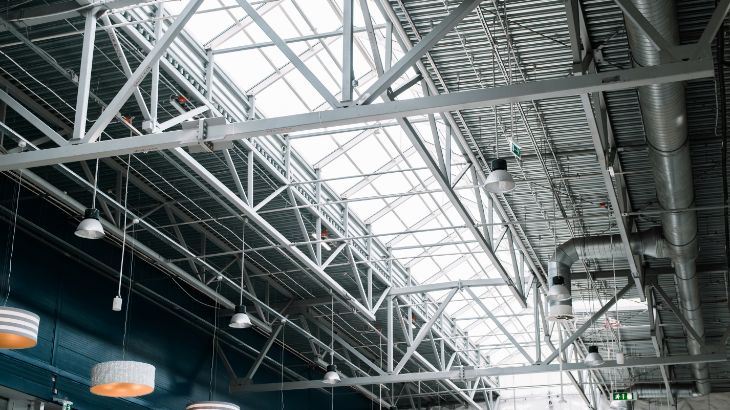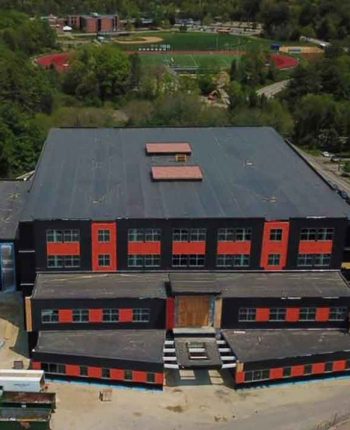
Key Points
- Intelligent light controls can help you reduce operating costs and improve your facility.
- Intelligent lighting systems are adaptable, measurable and can provide valuable information.
- LEDs are dimmable and start instantly, making them a perfect fit for intelligent controls.
Are you focusing on lighting the way you should be? Just think, lighting accounts for about 20 percent of energy use in commercial buildings and it’s critical for productivity, safety and comfort. Despite the importance of lighting, many organizations fail to make the best use of this vital resource. Intelligent controls not only save energy, they provide you with the data you need to reduce operating costs and improve your facility.
What’s so smart about intelligent lighting?
Lighting controls have been around for years, but today’s intelligent systems have common features that set them apart, including adaptability, measurement and communication.
- Adaptability. Built-in daylight and motion sensors integrated with controls allow fixtures to adjust constantly to the changing environment. Daylight sensors detect the amount of natural light available, dimming or turning off fixtures appropriately. Motion sensors save energy by switching lights off when no one is present.
- Measurement. Integrated power metering tracks the energy use of each fixture, allowing you to assess lighting energy performance for specific areas or from an overall system perspective. Information about variation in energy use of individual fixtures can signal the need for repair or replacement, helping to reduce operating and maintenance costs.
- Communication. Networking lights together makes the whole system smarter, allowing fixtures to communicate with each other and a central controller. While individual intelligent fixtures are preprogrammed and limited in capabilities, networking offers an entirely new set of functions, such as remote sensing, emergency control, tracking and reporting.
Stay alert and you can use all of this lighting data to make your facility work better for you. For example, retailers could use data from motion sensors to determine which areas of the store have the most traffic. They could then redesign the store to feature the most popular merchandise in high-traffic areas.
LEDs: the brightest light
Light-emitting diodes are a hot new technology, providing high quality and energy-efficient illumination. Among their many benefits are:
- Lower energy costs. LEDs are very efficient, and the directional nature of their light output focuses light exactly where it’s needed, saving more energy by reducing the number of fixtures.
- Reduced maintenance costs. LEDs have an average rated life of up to 50,000 hours or more, far longer than most conventional lights. This minimizes replacement and maintenance costs.
- Durability. Made from solid-state materials, LEDs are resistant to vibration and difficult to break, making them useful for outdoor lighting, parking garages and other rugged environments.
LEDs have two additional attributes that make them a perfect fit for intelligent control: dimmability and instant on. Fluorescent and high -intensity discharge (HID) lamps have a long warm-up time or a restrike time delay. In contrast, LED lamps start almost instantaneously and have no restrike time delay. Fluorescent and HID lamps typically have a limited dimming range, while LED products are inherently dimmable.
Contact your Account Executive to discuss the lighting in your facility. NHSaves incentives are available for lighting and lighting controls.


